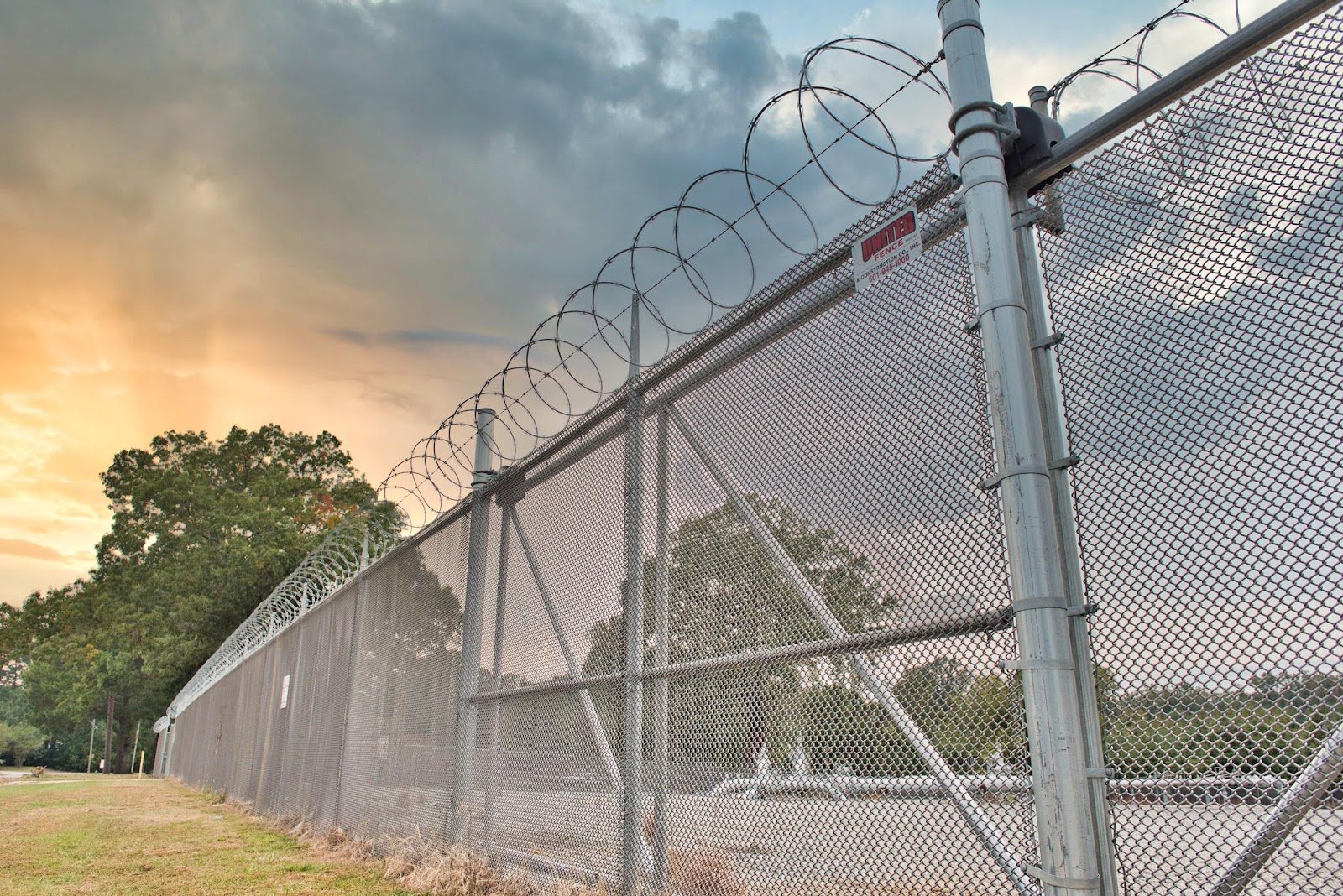Featured
Installing a fencing around your residential or commercial property is a substantial investment that requires appropriate planning and preparation to guarantee a smooth procedure. Whether you're adding a fencing for security, privacy, or visual appeal, taking the essential actions before setup can assist avoid complications down the line. Right here's a guide on just how to prepare your building for fencing installment and ensure whatever goes according to plan.
![]()
![]()
![]()
Conclusion. Correct prep work is key to a successful fencing installment. By putting in the time to determine your residential or commercial property lines, clear the setup location, check for underground energies, and communicate with your next-door neighbors, you can guarantee that the process goes smoothly and stay clear of unanticipated complications. With the right preparation, your brand-new fence will certainly not only improve your property's appearance however likewise give the safety and personal privacy you need.
- Know Your Residential Or Commercial Property Borders. The initial step in preparing your residential or commercial property for fence installment is determining your residential property lines. It's essential to know where your limits are to avoid setting up the fence as well near your neighbor's building and even on their land. To determine your boundaries, assess your building deed, check a map from your regional city or area workplace, or employ a specialist property surveyor to mark the residential property lines accurately. By recognizing specifically where your land finishes and begins, you can avoid pricey blunders and prospective disagreements with next-door neighbors.

- Understand Regional Regulations and Permits. Before beginning any type of work, it's important to talk to your neighborhood zoning office to understand any type of regulations or authorization needs. Different areas have various policies pertaining to fence height, products, and positioning. Fences in front backyards may have restrictions on elevation or presence, and some materials may be forbidden due to local statutes. You may additionally require to get a structure permit. Make sure to follow all regional policies to stay clear of charges or having to take the fence down after setup.
- Clear the Fencing Line. You'll require to get rid of the location when you have actually identified where the fence will certainly go. Get rid of any kind of greenery, trees, rocks, or particles that might obstruct the fencing installation process. Think about cutting or eliminating them to make the area much more obtainable if there are overgrown plants. Cleaning the location guarantees that the fencing installation can continue without hold-ups and assists to avoid damages to plants you might desire to maintain. Consider whether any kind of grading or leveling is needed. if the fence line is on uneven or sloped ground.
- Mark Underground Utilities. Get in touch with your local energy firms to guarantee that no below ground energies will interfere with your fencing setup. This step will assist avoid mishaps and delays throughout the installation procedure.
- Talk about with Next-door neighbors. Setting up a fencing on a shared residential or commercial property line or near a next-door neighbor's residential or commercial property calls for open interaction to stay clear of conflicts. Go over the fencing's location, height, layout, and products, especially if the fencing will be on or near a limit line.

- Choose the Right Fencing Kind and Product. Selecting the right type and material for your fencing is a crucial action in preparing for setup. Take into consideration aspects like the purpose of the fence (personal privacy, protection, visual appeals), regional weather problems, and the amount of upkeep you want to do. Typical materials include timber, chain, light weight aluminum, and plastic link, each offering distinct benefits. Wood fences provide an all-natural visual but require more upkeep than vinyl or light weight aluminum choices. Require time to research study which product best suits your needs and budget.
- Set a Realistic Spending Plan. If you're hiring professionals to mount the fence, ask for estimates from numerous specialists to guarantee you're getting a fair cost. Factor in the long-term maintenance expenses of the fence to make sure that the type of fencing you choose fits within your general budget.

- Get Ready For Installation Day. As installation day approaches, make certain that your residential or commercial property is prepared for the job to start. Make certain the location is free from personal items like yard decorations, lawn furniture, or exterior devices. If you have family pets or young youngsters, keep them safely far from the installment area. You should additionally ensure there suffices area for the professionals to park their lorries and store devices during the task. By preparing the location for the team, you can assist guarantee that the installation goes as smoothly and effectively as possible.
Conclusion. Correct prep work is key to a successful fencing installment. By putting in the time to determine your residential or commercial property lines, clear the setup location, check for underground energies, and communicate with your next-door neighbors, you can guarantee that the process goes smoothly and stay clear of unanticipated complications. With the right preparation, your brand-new fence will certainly not only improve your property's appearance however likewise give the safety and personal privacy you need.
Latest Posts
Check Out Outstanding Vehicle Maintenance Care from Montclare Auto Repair – Drive with Confidence
Published May 30, 25
1 min read
Check Out Montclare Auto Repair’s Most Popular Services and Why Drivers Rely On Them
Published May 25, 25
1 min read
Find Brake Repair & More: Complete Repair Options from Montclare Auto Repair
Published May 23, 25
1 min read
More
Latest Posts
Check Out Outstanding Vehicle Maintenance Care from Montclare Auto Repair – Drive with Confidence
Published May 30, 25
1 min read
Check Out Montclare Auto Repair’s Most Popular Services and Why Drivers Rely On Them
Published May 25, 25
1 min read
Find Brake Repair & More: Complete Repair Options from Montclare Auto Repair
Published May 23, 25
1 min read